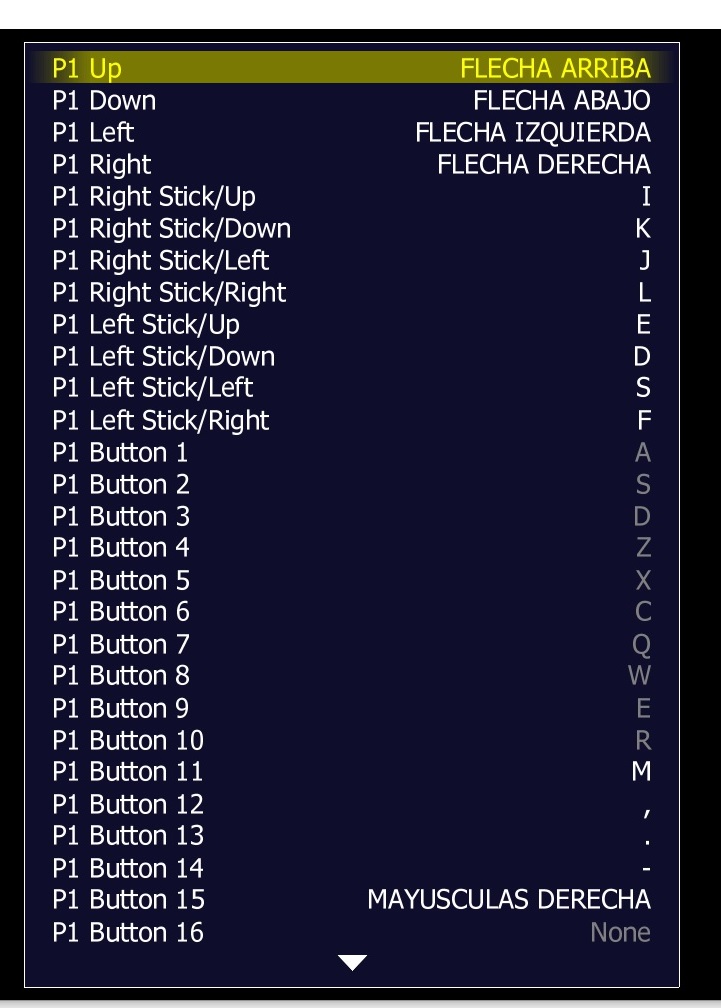


Today, the project is hosted by "MAMEDev", the team who control the project direction and do the bulk of the development. In recent years, MAME and MESS have merged into the main MAME tree to see the project explode, with dozens of very clever developers contributing to the project. In parallel, a similar project named MESS ( Multi Emulator Super System) was being developed, using MAME code to emulate popular CPUs used in early home computer systems. Soon the project grew in scale, and began emulating a number of CPUs (and games as a result).
Mame os x configure controlls full#
It requires both the CPU emulation core as well as the Read-Only-Memory (or "ROM") data to accurately emulate the full system.īeginning life in 1996 as "Multi-Pac", the software written by then solo Italian developed Nicola Salmoria was designed to be modular, and emulate Pac-Man (known in Japan as Puck-Man) as well as a number of clone games and others running on similar hardware. Often it requires a host processors many times more powerful than the one being emulated, but the aim is to be able to run native software for very old CPUs on modern systems, and interact with them real time. For those not familiar with emulation: it's a method of writing a software layer that intercepts machine-language for a specific CPU, and translates that on-the-fly for a different CPU. MAME stands for the Multiple Arcade Machine Emulator. All talk of resolutions, PAL vs NTSC and upscaling are covered in the Retro Display Solutions thread. This is a partner series to our Retro Let's Play FAQ, aiming to assist people finding ways of playing old games from these old systems.


 0 kommentar(er)
0 kommentar(er)
